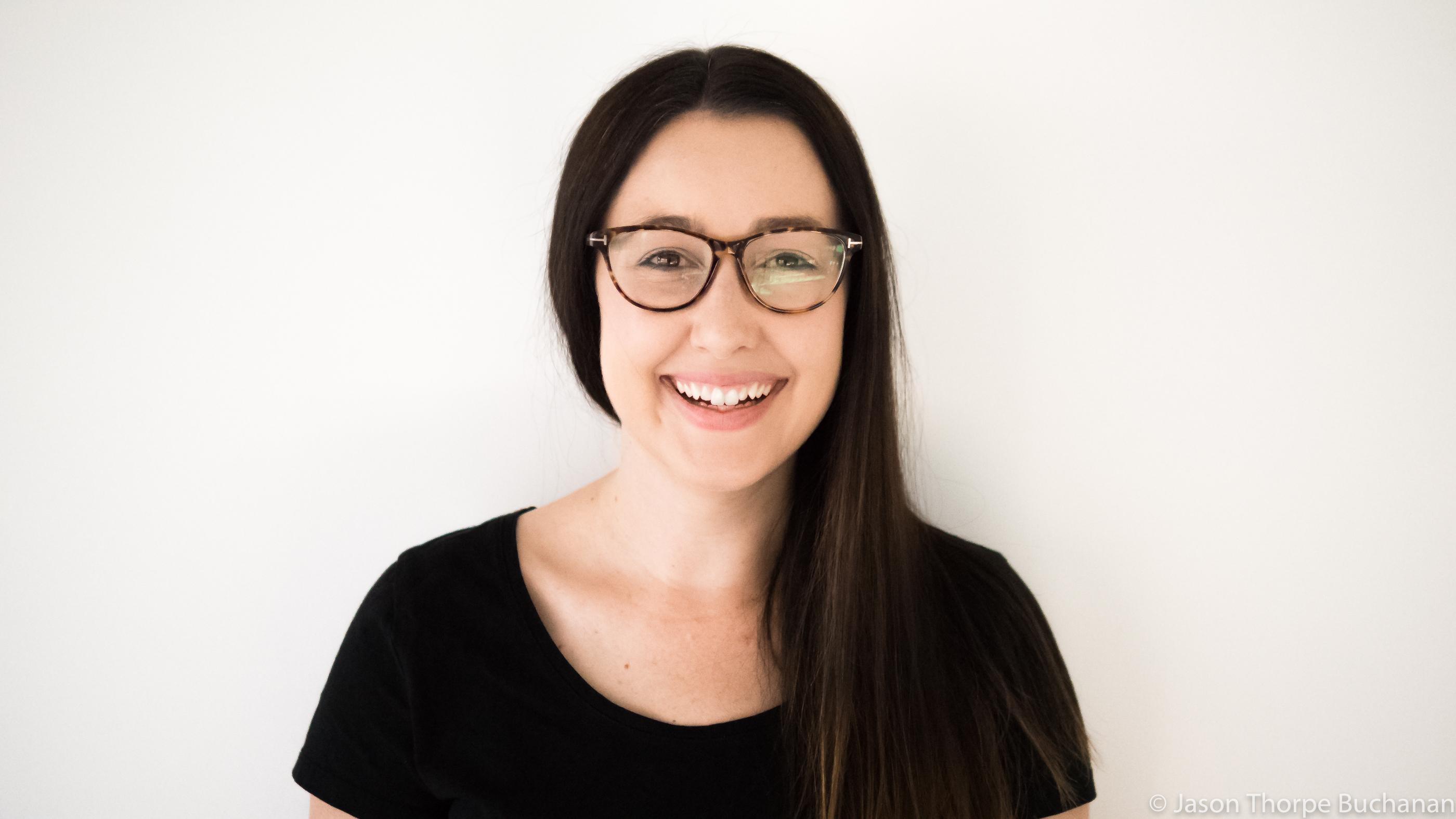
Dr. Lisa Cheney (she/her) is a classically trained composer of acoustic and acousmatic music, working on Turrbal lands in Brisbane, Australia. Her music communicates through varied styles, which often reflect a fascination with seeking the “dirty-beautiful” through exploration of shadows, impermanence, ambiguity, expression, poeticism, fragility, delicacy, resonant space, pacing, light and dark and atmospheric soundscapes. Cheney's work has been described as 'atmospheres of unfathomable spaciousness' (Partial Durations), 'melodic slivers with plaintive intensity' (The Australian) and 'fantastic and frightening in its detail and colour' (Resonate). Her body of work incorporates orchestra, chamber, voice, acousmatic collaborations, arrangements and works for theatre and ballet.
Cheney has received several accolades, including grants from the Australia-Korea Foundation, the 2017 Art Music Fund, the Silver Harris and Je Peck Composition Prize, 2019 Dorian Le Gallienne Composition Award, and was a finalist for Instrumental Work of the Year at the 2018 Art Music Awards for her cello work When We Speak. Her music has been performed in Australia, Europe, and the US. She has worked with leading performers and ensembles including The Southern Cross Soloists, The Australian Voices, Plexus, Syzygy, autist Jonathan Henderson, Melbourne Symphony Orchestra, Tasmanian Symphony Orchestra, and the Australian Ballet amongst others. Cheney completed her Master of Music at the Queensland Conservatorium of Music, and her PhD in Music Composition at the University of Melbourne under the guidance of Elliott Gyger and Linda Kouvaras.
We're delighted to welcome Lisa to the cohort of ANAM Set composers for 2024. Lisa is working with violinist Liam Freisberg.
It's early days in the process, but have you any ideas or moments of inspiration for your new piece?
Right now, I am deep in the delicious process of generating ideas. I had the pleasure of meeting with my violinist, Liam Freisberg at the end of 2023. We spoke about the types of things that excite him in music and life, such as Spanish influences, nature, and the current climate. We also talked about some sounds he loves to make on his instrument. I’m excited to see how I can weave some of these influences into the fabric of our new work.
Why are programs like this so important?
Programs such as the ANAM Set provide composers and musicians with the opportunity to grow both professionally and creatively. They facilitate a collaboration that builds new professional relationships and friendships that can last the lifetime of our careers. The process of collaborating with each other, of exchanging ideas and views, can broaden both of our horizons in ways that make opportunities like this invaluable.
What are you hoping to get out of your musical collaboration with an ANAM musician?
When I start a new work, I’m really trying to tailor it to the musician who will ultimately bring it to life for the first time.
It is important to me to braid in the performer’s own personal and poetic world view, as well as my own, into each new creative work. This practice encourages both of us to examine our place in time, who we are as humans and musicians, and why this act of musical expression is so important. We learn and grow from one another and it’s an incredibly enriching process. It’s one I enjoy dearly and never take for granted.
What else are you working on at the moment?
I recently completed a work for the Flinder’s String Quartet, am adapting my cello work When We Speak for viola and look forward to soon writing some music for bassoon and saxophone.
Tell us about some of your musical inspirations?
I’m really inspired musicians and composers that blur the edge of musical parameters. This obsession culminated in my PhD which sought the ‘dirty-beautiful’ – a celebration of embracing the grey and finding wonder in the movement between opposing states such as noise and pure sound. I find myself returning to the works of Kaija Saariaho, Olivier Messiaen, my former mentor Elliott Gyger and Toru Takemitsu to name a few.
Photo by Jason Thorpe-Buchanan